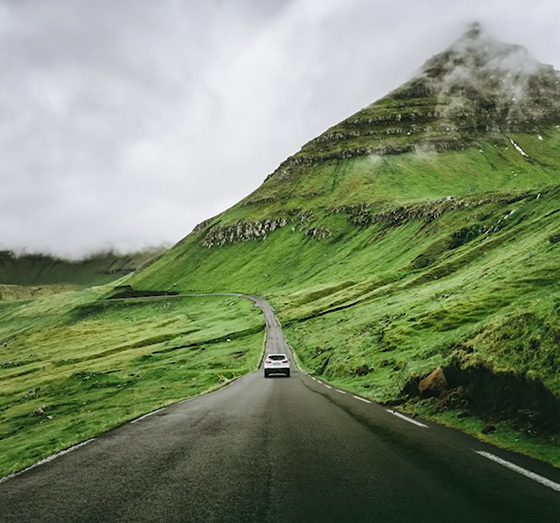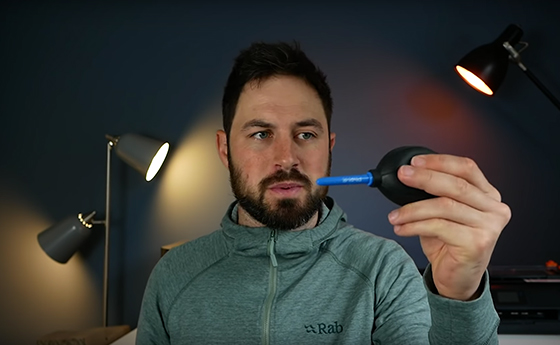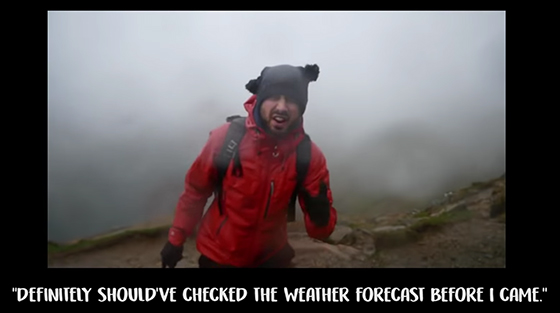As any avid shutterbug can attest, photography is not a 9-5 job. Your work is far from complete the second you press the shutter. There’s always gear maintenance and prep work that needs to be done before the next adventure begins. Not to mention a never-ending queue of raw files waiting patiently for a digital facelift.
No matter how you slice it, most of us have to carve out time to practice and refine personal work. However, there are a few ways to reduce the amount of time spent fiddling with your camera or sitting in front of Lightroom. Photographer James Popsys shares a few of his most useful time-saving tips:
Charge your batteries ahead of time
When the juice in your camera runs out, having a replacement on hand is a huge relief. So, when your battery dies, don’t throw it thoughtlessly into your bag. If you do, there’s a good chance that you won’t think of it again until ten minutes before the next shoot begins.
Instead, designate a pocket or pouch inside your bag specifically for spent batteries. Try to make it a habit to empty and charge the contents of that compartment after every excursion. That way, you’re always sure to have a spare on hand and ready to go!
Import your shots ASAP
It’s excruciating to watch a tiny progress bar inch forward as you anxiously wait for hundreds or thousands of images to migrate. So, you may be surprised to learn that the remedy to that particular issue is to upload more frequently.
Especially if you’re working with large raw files, the fewer files there are to download, the faster the processing time goes by. Try to make a habit of uploading (and backing files up!) after every photo shoot. It’s easy enough to run in the background while you shower, work around the house, or veg out in front of the television. That way, when you’re ready to spend a few hours in front of your computer, you can get straight to work without annoying wait times.
Set your camera to a custom profile with neutral settings
Creating a custom profile with “neutral” settings can set you up for a great spur of the moment image. Choose a low ISO, an automated color balance, and a mid-range aperture and shutter speed. Set your lens to autofocus.

Between the moving vehicle and the shifting clouds, getting this shot likely took quick action and a little bit of prep ahead of time.
We’ve all had a handful of awesome, transient moments happen right before our eyes. Most of the time there isn’t time to waste fiddling with settings. When you have neutral settings in place, you’re more likely to get a good shot right off the bat.
Change your lens while the camera is off
Believe it or not, taking the time to shut your camera down for a moment will actually save you time in the long run.
What you may not realize is that when you remove a lens while your camera is on, a small static charge is released. This, in turn, attracts dust. While not taking the time to turn off your camera to change lenses may save a second or two in the moment, it’ll likely translate to more time spent cleaning your sensor later on.

Spend less time fussing around with air pumps by taking the time to properly switch out lenses.
Take a “blank” photo after getting a shot that you love
Sometimes, when shooting out in the field, you’ll take a shot that absolutely blows you away. However, it can be difficult to dig up that same image when it comes time to upload.
One way to help it stand out from a large batch? After getting a great photograph, take a moment to press the shutter again while your hand is over the lens. The “blank” image will likely stand out like a sore thumb among busier, brighter photos. Use them as markers for favorite images that you’d like to revisit at a later time.
Check the weather from more than one source
It’s always a good idea to check the weather before embarking on a shoot. But different outlets often report different weather readings.

Checking out a weather forecast before stepping foot outside is great. Checking out more than one reading is even better.
Instead of relying on a single source, check out two or three forecasts. This will provide a more rounded view of what lies ahead and give you a clearer view of what supplies you should pack for your shoot.
Have a Plan B
“There’s nothing worse than getting excited about going to get some photos, getting to your location, finding you can’t, and then having to come home with your tail between your legs.”
If you plan to shoot in an area with poor cell reception, you can’t always plan an alternative on the go. Before leaving, have a few backup plans in mind just in case Plan A falls through.
Often times, saving time is simply a matter of using common sense and employing a little bit of foresight. Today’s tips may seem simple. But working them into your routine can save valuable time.
Like This Article?
Don't Miss The Next One!
Join over 100,000 photographers of all experience levels who receive our free photography tips and articles to stay current:






Leave a Reply